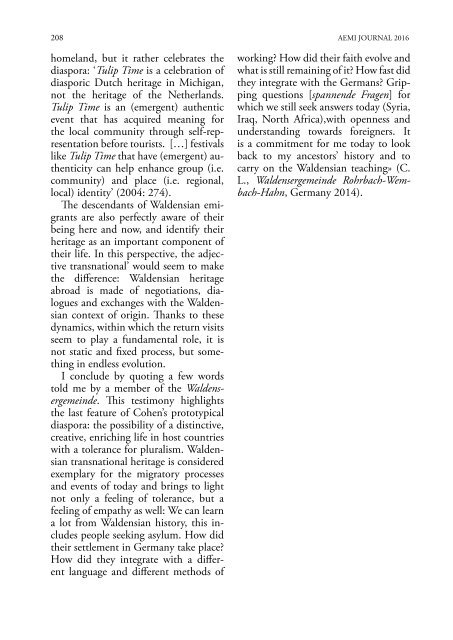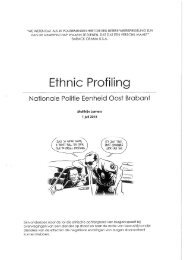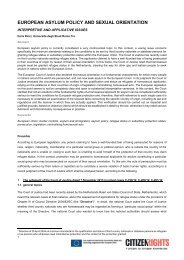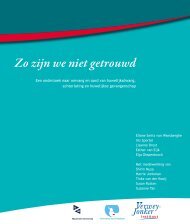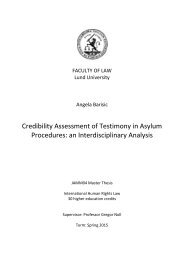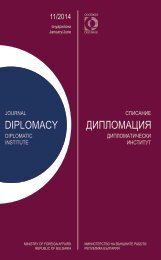AEMI
AEMI-2016-web
AEMI-2016-web
Create successful ePaper yourself
Turn your PDF publications into a flip-book with our unique Google optimized e-Paper software.
208 <strong>AEMI</strong> JOURNAL 2015 2016<br />
homeland, but it rather celebrates the<br />
diaspora: ‘Tulip Time is a celebration of<br />
diasporic Dutch heritage in Michigan,<br />
not the heritage of the Netherlands.<br />
Tulip Time is an (emergent) authentic<br />
event that has acquired meaning for<br />
the local community through self-representation<br />
before tourists. […] festivals<br />
like Tulip Time that have (emergent) authenticity<br />
can help enhance group (i.e.<br />
community) and place (i.e. regional,<br />
local) identity’ (2004: 274).<br />
The descendants of Waldensian emigrants<br />
are also perfectly aware of their<br />
being here and now, and identify their<br />
heritage as an important component of<br />
their life. In this perspective, the adjective<br />
transnational’ would seem to make<br />
the difference: Waldensian heritage<br />
abroad is made of negotiations, dialogues<br />
and exchanges with the Waldensian<br />
context of origin. Thanks to these<br />
dynamics, within which the return visits<br />
seem to play a fundamental role, it is<br />
not static and fixed process, but something<br />
in endless evolution.<br />
I conclude by quoting a few words<br />
told me by a member of the Waldensergemeinde.<br />
This testimony highlights<br />
the last feature of Cohen’s prototypical<br />
diaspora: the possibility of a distinctive,<br />
creative, enriching life in host countries<br />
with a tolerance for pluralism. Waldensian<br />
transnational heritage is considered<br />
exemplary for the migratory processes<br />
and events of today and brings to light<br />
not only a feeling of tolerance, but a<br />
feeling of empathy as well: We can learn<br />
a lot from Waldensian history, this includes<br />
people seeking asylum. How did<br />
their settlement in Germany take place?<br />
How did they integrate with a different<br />
language and different methods of<br />
working? How did their faith evolve and<br />
what is still remaining of it? How fast did<br />
they integrate with the Germans? Gripping<br />
questions [spannende Fragen] for<br />
which we still seek answers today (Syria,<br />
Iraq, North Africa),with openness and<br />
understanding towards foreigners. It<br />
is a commitment for me today to look<br />
back to my ancestors’ history and to<br />
carry on the Waldensian teaching» (C.<br />
L., Waldensergemeinde Rohrbach-Wembach-Hahn,<br />
Germany 2014).


